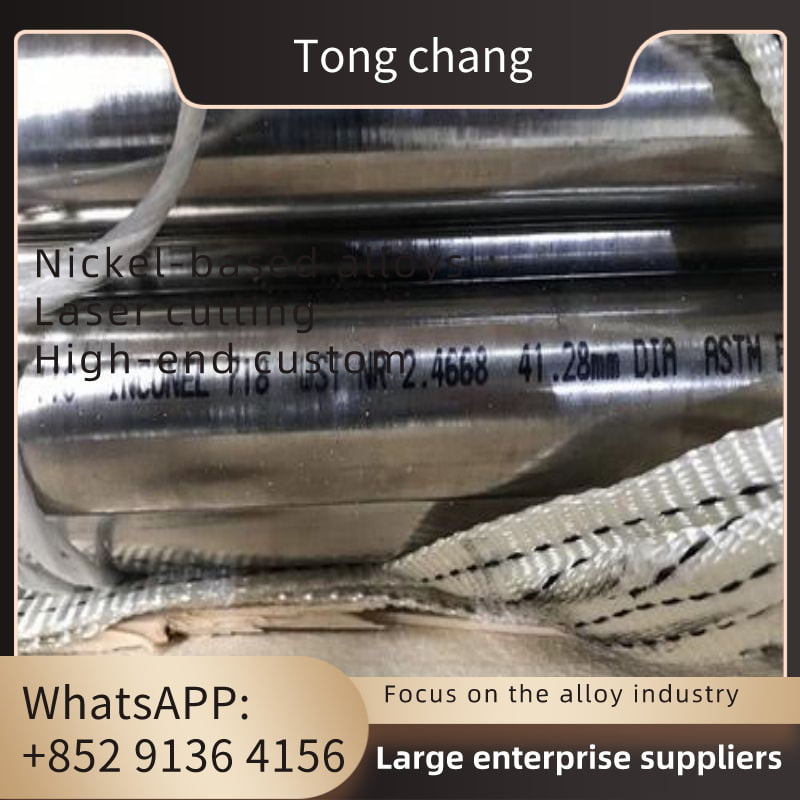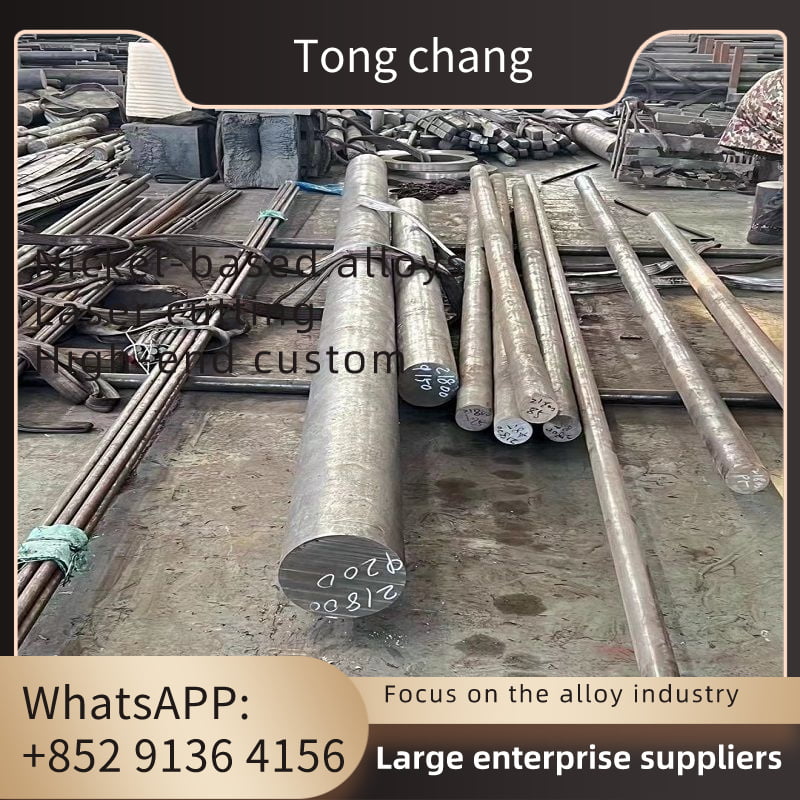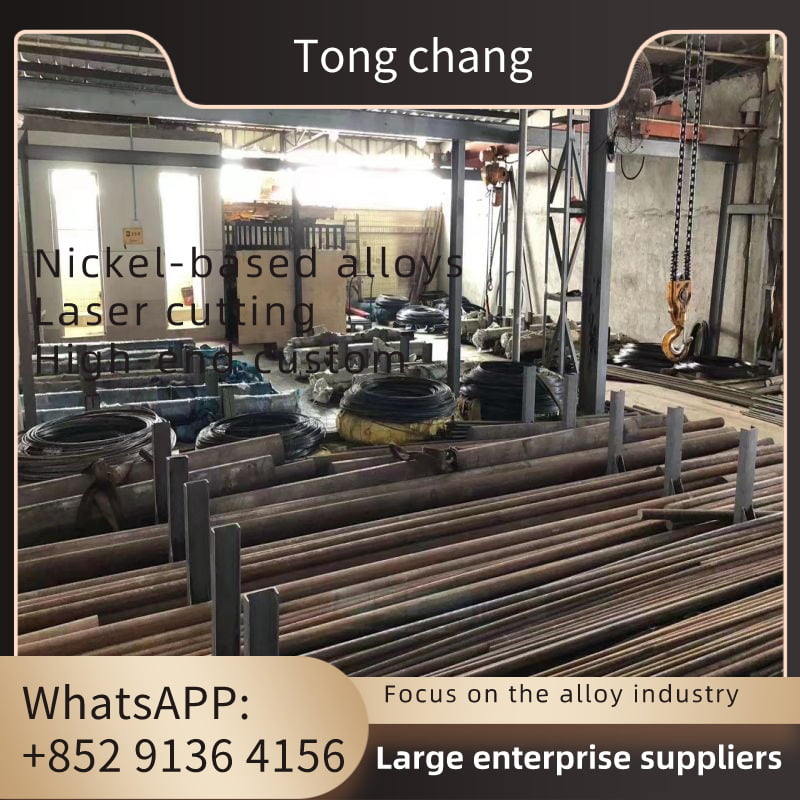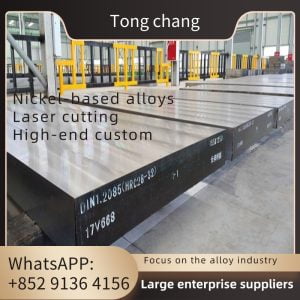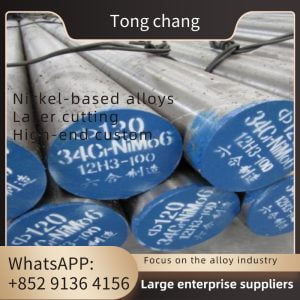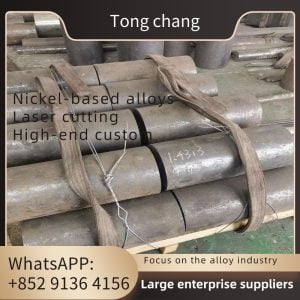| Material: | Copper/Aluminum/Stainless Steel | Tube Diameter: | 6mm-50mm |
|---|---|---|---|
| Tube Length: | 0.5m-20m | Tube Wall Thickness: | 0.2mm-3mm |
| Fin Height: | 2mm-20mm | Fin Material: | Copper/Aluminum/Stainless Steel |
| Fin Pitch: | 2mm-20mm | Fin Thickness: | 0.2mm-1.2mm |
| Fin Type: | Louver Fins/Wavy Fins/Flat Fins/Serrated Fins | Application: | Heat Exchanger/Condenser/Evaporator |
FIN TUBE L Type STAINLESS STEEL/DUPLEX STEEL/ALLOY STEEL
Fin tube L type is a type of heat exchanger tube that has fins attached to the outer surface. These fins increase the surface area of the tube, allowing for more efficient heat transfer between the fluid inside the tube and the surrounding environment.
The material used for fin tube L type can vary depending on the application and the specific requirements. Stainless steel is a common material choice due to its corrosion resistance and high temperature strength. Duplex steel, which is a combination of austenitic and ferritic stainless steels, offers even better corrosion resistance and higher strength. Alloy steel, on the other hand, is a type of steel that contains additional alloying elements to enhance its mechanical properties.
The choice of material depends on factors such as the operating conditions, the fluid being transferred, and the desired performance of the heat exchanger. Each material has its own advantages and disadvantages, and the selection should be based on the specific needs of the application.
| Base Tube Material | stainless steel, carbon steel, copper alloy,alloy steel (No theoretical limit) |
| Fin Material | Aluminium,Copper Alloy,Stainless Steel,Carbon Steel |
| Fin tube Max design temperature | <450°C |
| Base pipe O.D | 25-165mm |
| Fins per inch | 20 Nos(as customer's request) |
| Fin depth | 0.5-3mm |
| Product processing | Extruded,Embedded,High Frequency Welding etc. |
| Fin Tube Type | Extruded fins tube |
| Serrated fin tubes | |
| L Type fins tube | |
| G Type fins tube | |
| L L Type fins tube | |
| H Type fins tube | |
| KL Type fins tube |
Fin tube L type stainless steel, duplex steel, and alloy steel are commonly used in various applications due to their unique properties. Some of the applications of these materials include:
1. Heat exchangers: Fin tubes made of stainless steel, duplex steel, and alloy steel are widely used in heat exchangers. These materials offer excellent corrosion resistance and high thermal conductivity, making them suitable for transferring heat between two fluids.
2. Boiler tubes: L type fin tubes made of stainless steel, duplex steel, and alloy steel are used in boilers for efficient heat transfer. These materials can withstand high temperatures and pressure, making them ideal for boiler applications.
3. Condensers: Fin tubes made of stainless steel, duplex steel, and alloy steel are used in condensers to transfer heat from a hot gas or vapor to a cooler fluid. These materials offer good resistance to corrosion and can withstand the harsh conditions of condensation.
4. Oil and gas industry: Stainless steel, duplex steel, and alloy steel fin tubes are commonly used in the oil and gas industry for various applications such as heat exchangers, condensers, and boilers. These materials can withstand corrosive environments and high temperatures, making them suitable for oil and gas processing.
5. Power plants: Fin tubes made of stainless steel, duplex steel, and alloy steel are used in power plants for heat transfer applications. These materials offer good thermal conductivity and corrosion resistance, making them suitable for power generation.
6. Chemical processing: Stainless steel, duplex steel, and alloy steel fin tubes are used in chemical processing industries for heat transfer applications. These materials can withstand corrosive chemicals and high temperatures, making them ideal for chemical processing equipment.
7. Refrigeration and air conditioning: Fin tubes made of stainless steel, duplex steel, and alloy steel are used in refrigeration and air conditioning systems for efficient heat transfer. These materials offer good thermal conductivity and can withstand low temperatures, making them suitable for cooling applications.

